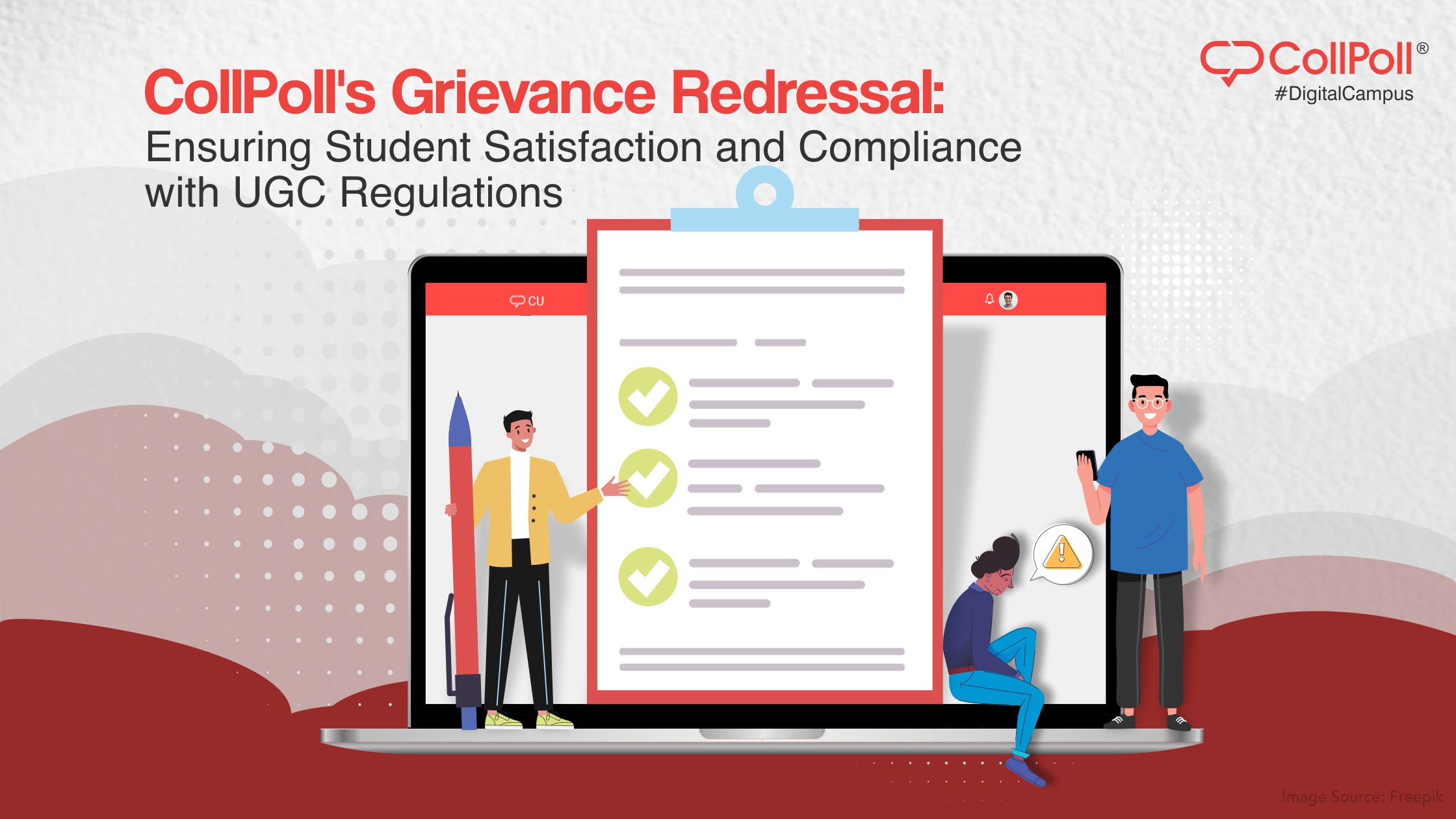Quality has become a key element in today’s education system. We all know that quality makes knowledge and education more relevant to society, making them crucial to every individual. Students, parents, teachers, and institutions are placing a great emphasis on premium education for the growth and development of learners. However, the important question is how to provide quality education to a large number of students at economical costs. Most HEIs in developing countries are facing the challenge of delivering quality and excellence on a large scale.
Hence, NAAC (National Assessment and Accreditation Council) advocated the best practices approach to promote quality enhancement across higher educational institutions. Introducing the concept of best practices in colleges for NAAC approval adds value and credibility to educational programmes, institutes, and stakeholders. They are the reliable benchmark to set high standards of quality in HEIs hence, used by the top institutions. In simple terms, institutional excellence is the result of the best practices adopted across different aspects of academic and non-academic performance.
The primary objectives of NAAC best practices are:
- To create awareness of fundamentals that lead to success.
- To promote continuous efforts for quality improvement.
- To bridge the gap between the current practices followed in an institution and that of the best HEIs.
The Process to Implement Best Practices: Four I and D Model
- Identification of Best Practices
To identify institutional best practices for NAAC, HEIs must consider several factors, including global concerns, institutional goals, local contexts, pedagogic requirements, nature of learners, infrastructure facilities, competencies of staff, and governance requirements. Along with this, certain process, input, and output factors, economy, efficiency, and effectiveness criteria must be considered. Moreover, they must make sure that the best practices are:- Dynamic and revisited periodically
- Not dominated by one specific approach
- According to historical, diverse, and cultural contexts.
- Focused on promoting quality education
- Implementation of Best Practices
After having effective best practices in place, it’s time to implement them the right way. It includes planning, capacity building, resource mobilisation, monitoring, and evaluation. Quality should be at the centre of all operations with the participation of everyone in the institution. - Institutionalisation of Best Practices
Institutionalisation refers to making the best practices of NAAC a key part of institutional working. In most colleges, the best practices are specific to institutions and managed by individuals who can be the leader or head of that HEI. Working as innovators, they ensure widespread support of the campus community for significant improvements in the quality. Because of dependence on an individual, there is a risk of disruption if that leader is displaced for any reason. Therefore, practices shall be formalised the way exams are made a formal requirement, which will replace an individual identity with the anonymity of the function. Also, best practices demand additional efforts and many HEIs have achieved it successfully but for sustainable results, they have to integrate their efforts as a part of the core functioning of the institution. Rather than being a leader or individual-centric, institutionalisation should be more institution centric. - Internalisation of Best Practices
Internalisation means making excellence a crucial part of one’s nature and habit through conscious learning. It also includes making the essence of the best practices a part of the institution’s performance. Quality is an attitude of mind and many believe that quality education is resource specific. However, the experience shows that attitude is more critical when it comes to quality assurance. - Dissemination of Best Practices
Education is a social responsibility and institutions shouldn’t only implement the right practices but also disseminate them effectively for wider application in the system. Prioritising innovation and best practices in the NAAC report, institutions are encouraged to leverage recording and reviewing processes to develop conviction in the system. Also, they must build suitable strategies, such as databases, review forums, and recording evidence.
NAAC Format for Best Practices
- Title of the practice
- The context that required the initiation of the practice (100 – 120 words)
- Objectives of the practice (50 – 60 words)
- The Practice (250 – 300 words)
- Obstacles faced if any and strategies adopted to overcome them (150 – 200 words)
- Impact of the practice (100 – 120 words)
- Resources required
- About the Institution
-
- Name of the Institution:
- Year of Accreditation:
- Address:
- Grade awarded by NAAC:
- Contact person for further details:
- Website
Summing Up!
NAAC uses the best practices as a benchmark to assess and review the performance of higher education institutions. These practices set high standards of performance, encouraging colleges and HEIs to seek self-improvement.
Institutions have to be meticulous and work hard to get NAAC accreditation. CollPoll simplifies this process for educational institutions with its centralised AI-powered solution. It includes various modules that help you improve academic and non-academic operations that are crucial for NAAC approval.
Request a free demo now or schedule a meeting with our experts for further discussion!





